Elevating the Beats: Funk Sampling in Hip-Hop
Funk music has long been a cornerstone of hip-hop culture, serving as a rich tapestry of sounds that have shaped the genre’s identity. From the gritty streets of New York to the vibrant beats of the West Coast, funk sampling has played a pivotal role in elevating tracks and redefining musical boundaries. This article delves into the art of funk sampling, exploring how it has become a staple in hip-hop production, the most sampled sounds, and the artists who have mastered this technique. By examining the history, techniques, and cultural impact, we’ll uncover why funk remains a timeless influence in contemporary rap and beatmaking. Whether you’re a seasoned producer or a casual listener, this journey through funk sampling will shed light on its enduring legacy and its continued relevance in today’s music scene.
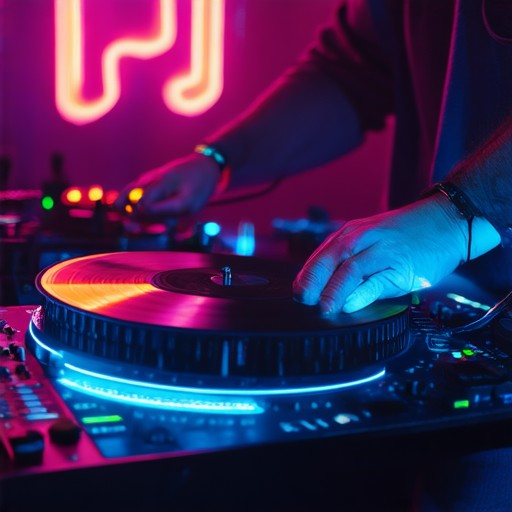
What Song Samples Give Up the Funk?
The term “give up the funk” has become synonymous with the raw, gritty essence of funk music, characterized by its infectious grooves, syncopated rhythms, and bold basslines. Many iconic tracks have been built around samples of classic funk recordings. Here are some notable examples:
- Funkentelechy by Parliament – This track is famously sampled in “Undercova Funk (Give Up the Funk)” by Snoop Dogg featuring Bootsy Collins. The original version by Parliament, led by George Clinton, is a quintessential funk anthem with its signature P-Funk style.
- Sir Nose D’Voidoffunk [Pay Attention – B3M] by Parliament – Another classic P-Funk cut that has been widely sampled in various tracks, including those by modern artists paying homage to the genre.
- We Got to Have Peace by Curtis Mayfield – A soulful funk track that has been heavily sampled in music production circles, contributing to the raw, authentic feel of many funk-inspired records.
- Blow Your Whistle by The Soul Searchers – This upbeat funk jam is a staple in many DJ sets and has been a go-to sample for producers looking to capture that classic funk vibe.
If you’re looking to explore more funk tracks and samples, Tiger Funk is a great resource for discovering the rich history and cultural significance of funk, soul, and jazz fusion music. Check out their comprehensive articles and artist profiles for deeper dives into the genre.
For more funk tracks and samples, visit our partners at Bandcamp and Discogs to explore a vast library of funk records and albums.
How Does Funk Influence Hip-Hop?
Funk music has had a profound impact on the development of hip-hop culture, shaping its sound, style, and storytelling. Here’s how funk influences hip-hop:
Rhythmic Foundation
Funk’s emphasis on intricate rhythms and grooves laid the beat foundation for hip-hop. The offbeat timing and syncopated patterns popularized by artists like James Brown and George Clinton became the backbone of hip-hop beats. Producers like DJ Premier and Questlove have drawn heavily from funk’s rhythmic complexity, creating dense and layered tracks that resonate deeply with audiences.
Lyrical Content and Storytelling
Funk’s narrative-driven lyrics inspired hip-hop’s focus on storytelling. Artists like Curtis Mayfield and Lee Dorsey used their music to address social issues and personal struggles, setting a precedent for rap’s reflective and conversational style. This legacy is evident in today’s hip-hop, where emcees use their verses to share experiences and perspectives.
Sampling and Production Techniques
Funk samples are a staple in hip-hop production. Tracks like “Rhythm & Steady” by The Soul Searchers and “Get Off” by Funk Inc. have been widely used in hip-hop remixes and instrumentals. Producers often pull from funk’s raw, unpolished sound to create gritty, authentic beats that carry a sense of authenticity and energy.
Live Performances and Showmanship
Funk’s live performances influenced the way hip-hop artists present themselves. The showmanship of James Brown and his Famous Flames set a standard for dynamic stage presence. Many rappers emulate this energy, incorporating live instrumentation and high-energy performances into their shows, blending music and theater.
Fashion and Identity
Funk’s bold fashion statements, including big afros, bell-bottoms, and leather jackets, influenced hip-hop’s cultural identity. The movement’s rejection of mainstream norms resonated with hip-hop culture, leading to a unique style that continues to evolve. This visual influence is seen in everything from streetwear to music videos.
Global Reach and Fusion
Funk’s international appeal helped hip-hop spread globally. Artists like Fela Kuti blended funk with African beats, creating a hybrid sound that hip-hop artists adopted and expanded upon. This global fusion has led to a richer, more diverse musical landscape in both genres.
By embracing funk’s essence, hip-hop has not only borrowed its roots but has also evolved into a global phenomenon. The influence flows both ways, with hip-hop now shaping contemporary funk productions. This shared history underscores the interconnectedness of music genres and their enduring impact on culture.

The Most Sampled Sound in Hip-Hop
The most sampled sound in hip-hop is widely debated, but according to various sources, several tracks stand out as definitive choices. One prominent example is “Amen, Brother,” a spiritual jazz instrumental by The Winstons, which has been sampled over 6,000 times, making it one of the most reused tracks in music history. Artists like N.W.A., Jay-Z, and Tyler, the Creator have frequently incorporated this timeless beat.
While “Amen, Brother” holds a strong position, other iconic samples also compete for recognition. For instance, the bassline from James Brown’s “Funky Drummer” is among the most famous and has been sampled by countless artists across genres. Similarly, the opening notes of “Rhythm to the Beat” by Stevie Wonder are another highly sampled sequence, appearing in numerous hip-hop tracks.
The versatility of these samples lies in their ability to adapt to various musical styles while maintaining their original essence. Tracks like “Get Lucky” by Daft Punk and “Stronger” by Kanye West further highlight the enduring appeal of these sounds in contemporary music.
For deeper exploration, visit our Funk History section to learn more about the origins and evolution of these iconic beats.

Artists Famous for Sampling P-Funk
P-funk, short for Parliament-Funk, is a subgenre of funk music characterized by its electronic beats and hypnotic basslines. Many artists have drawn inspiration from P-funk tracks, incorporating samples into their own music. Below is a list of notable artists known for sampling P-funk:
- Eminem : Eminem has extensively sampled P-funk tracks in his music, notably using “Funky Drummer” by James Brown in several songs.
- Dr. Dre : A prominent figure in hip-hop production, Dr. Dre has frequently used P-funk samples, such as “Bounce” by The Counts, in his work.
- Snoop Dogg : Known for his collaboration with Dr. Dre, Snoop Dogg has also been influenced by P-funk samples in his music.
- Kendrick Lamar : Kendrick Lamar has shown appreciation for funk influences, including P-funk, in his discography.
- J. Cole : J. Cole is known for his eclectic taste in sampling, and P-funk has been a part of his sound in certain tracks.
- Travis Scott : Travis Scott incorporates various genres, including funk elements, and has used P-funk samples in some of his productions.
- Jay-Z : Jay-Z’s collaborations with producers like Kanye West may have featured P-funk samples, adding to his musical diversity.
- Daft Punk : While primarily known for electronic music, Daft Punk draws heavy influence from P-funk in their track “Harder, Better, Faster, Stronger.”
- LCD Soundsystem : This band blends funk elements into their music, often drawing from P-funk influences in their live performances.
- Tyler, The Creator : Tyler, The Creator has exhibited interest in funk sounds, potentially incorporating P-funk samples in his work.
- Virgil Almazán : Known for his remixes and contributions to bands like The xx, Virgil Almazán has remixed tracks that incorporate P-funk elements.
Who Made Sampling Popular in Hip-Hop?
Sampling has long been a cornerstone of hip-hop culture, with producers crafting intricate soundscapes from bits of vinyl records. Several key figures have played pivotal roles in its evolution:
- Kool Herc and Afrika Bambaataa : Early adopters of sampling, particularly through their use of vinyl scratches and record spinning techniques, laying the groundwork for future producers.
- RZA and DOC from Wu-Tang Clan : Renowned for their groundbreaking work on tracks like “Wu Tang Radio Show,” they elevated sampling to a fine art, blending multiple genres and creating complex layered sounds.
- DJ Spinach : Known for his work with Kool Herc and the Furious Five, he was among the first to experiment with scratching, influencing early hip-hop culture.
- Johnnie “Jazzy” James : Dubbed the “Jazzy One,” he gained fame for his scratching in tracks like “Mr. Fingers Has a Posse,” impacting the Bronx’s music scene.
- The Neptunes (Mike and Joe) : Notable for their sample-based productions, such as “A Milli” by Lil Jon, they popularized the technique among contemporary producers.
- DJ Premier : Known for his work with Gang Starr, his unique manipulation of samples has left an indelible mark on hip-hop production.
These pioneers didn’t just use samples—they redefined how they could be applied, proving that creativity knows no bounds when it comes to repurposing audio snippets. Their influence continues to resonate, shaping the sound of hip-hop today.

Artists Influenced by Funk
Funk music has been a profound influence on numerous artists across various genres. Here are some notable artists who have drawn inspiration from funk:
- Miles Davis – Known for blending jazz with funk, Davis explored the genre’s grooves extensively in albums like A Tribute to Jack Johnson .
- Herbie Hancock – A pioneer in jazz-funk, Hancock’s work with bands like The Headhunters revolutionized the genre.
- James Brown – Often referred to as the “Godfather of Funk,” Brown’s innovative style influenced countless artists.
- George Clinton – As leader of Parliament-Funkadelic, Clinton helped define the sound of funk.
- Prince – The iconic musician drew heavy inspiration from funk, particularly in his early career.
- Red Hot Chili Peppers – The band incorporates funk elements in their music, notably in tracks like “Californication.”
- Public Enemy – sampling funk beats became a staple in their groundbreaking hip-hop sound.
Expanded Influence
Funk’s influence extends beyond music, shaping aspects of popular culture, fashion, and even dance. Its rhythmic essence has seeped into modern music production and continues to inspire new generations of artists.
Competitor Platforms
Explore more about funk’s impact on music history through platforms like Tiger Funk , which offers in-depth articles and artist profiles dedicated to the genre. Other notable platforms include Bandcamp and Discogs , which provide extensive collections of funk records.
Conclusion
The legacy of funk continues to thrive, shaping the sounds of today’s music. Visit Tiger Funk to dive deeper into the rich history and cultural significance of funk, soul, and jazz fusion.

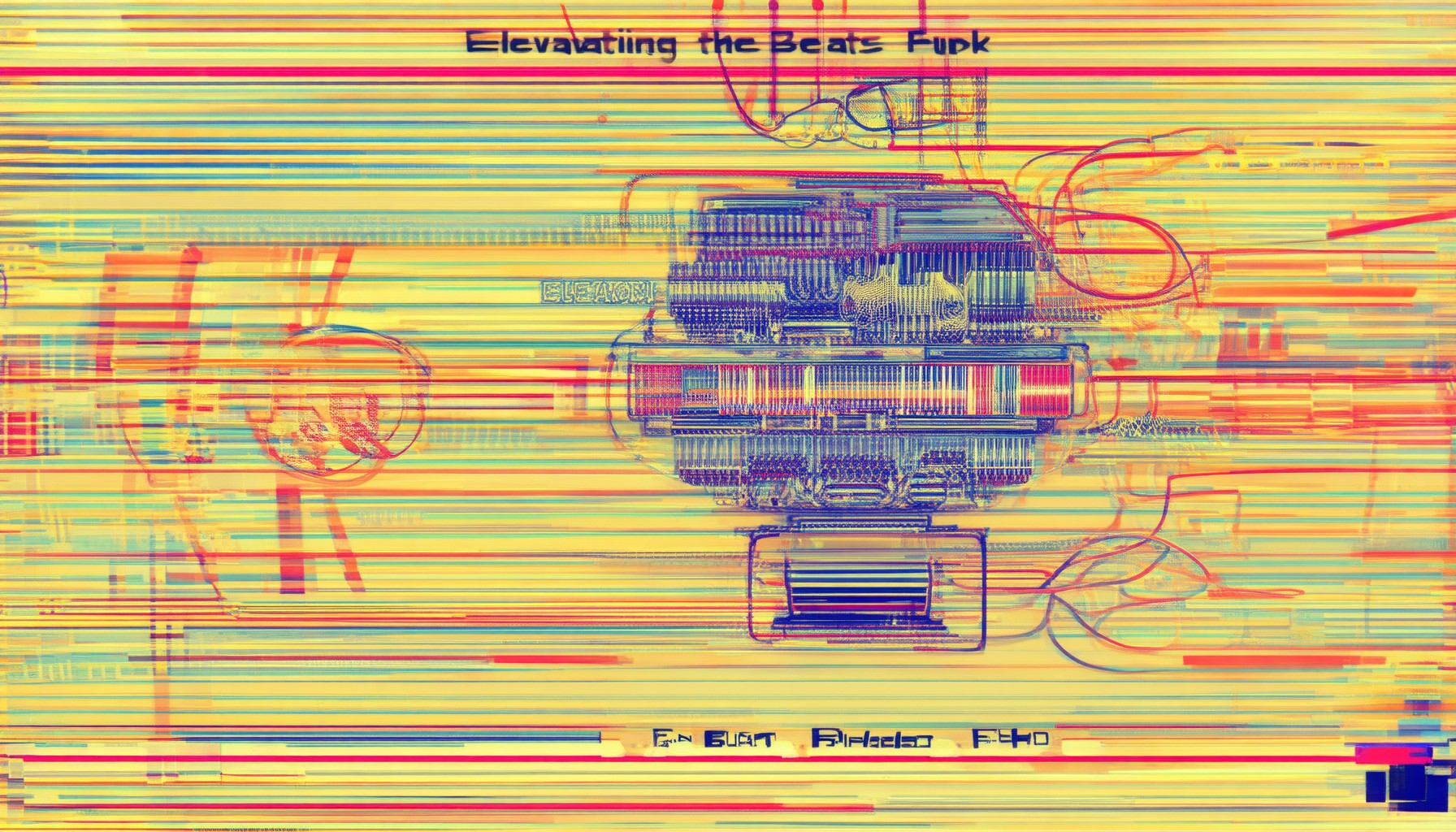
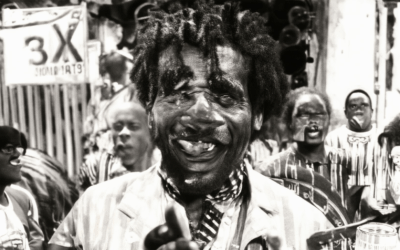
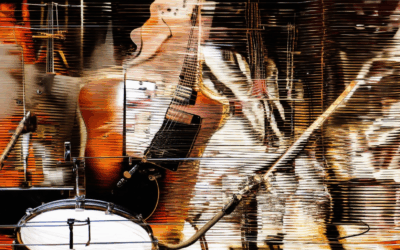
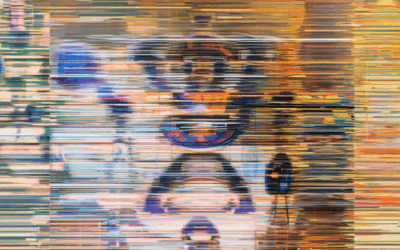
0 Comments